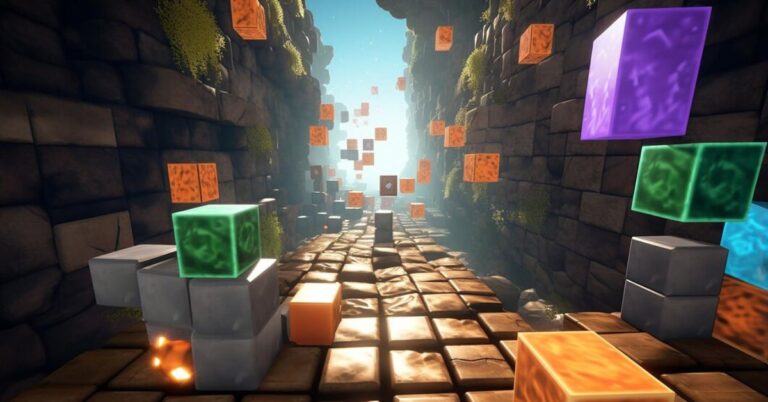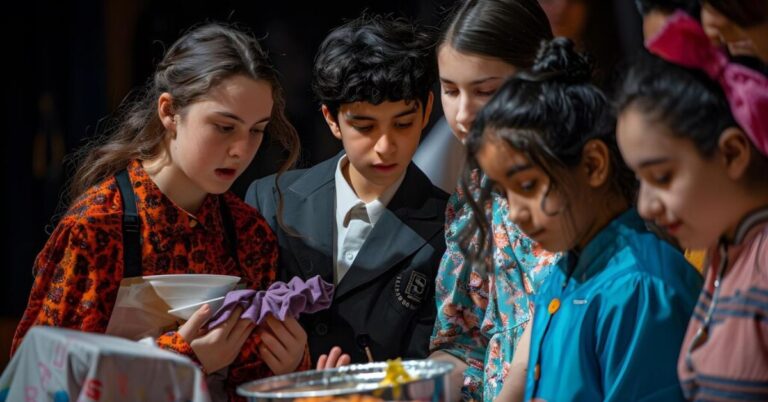The Art and Science of “Перекалач”: Understanding a Unique Technique
The phrase “перекалач” may be foreign to most people, yet it has great practical and cultural significance in specific areas. Within the realm of artisanal techniques, there exists a distinct method that is frequently linked to Russian traditions and crafts.
Delving into its historical roots, practical uses, and present significance, this essay will explore the essence of перекалач.
What is Перекалач?
The Russian phrase перекалач almost means “overburning” or “re-baking” when translated into English. In the context of metalworking and ceramics in particular, it denotes a particular technique employed in a variety of crafts. Reheating materials is a common method for changing their appearance or increasing their durability, among other uses.
Historical Context of Перекалач
The origins of перекала’ч are in the old Russian art of crafting. Craftspeople have long relied on this method to raise the standard of their wares. One example is pottery, where перекала’ч was used to make sure the clay was as hard and durable as it could be. In the same vein, it was utilized in metalworking to enhance the characteristics of metals, rendering them more durable and applicable.
The Process of Перекалач
It is common practice to reheat a material that has previously been treated in the перекала’ч procedure. This is the process of applying further heat to already-fired clay in the ceramics industry. Changing the glaze’s look or reaching a specific hardness level are the goals. Reheating metal to improve its texture or strength is calledперекалач in metallurgy.
Перекалач in Ceramics
The achievement of high-quality pottery in ceramic arts is greatly influenced by перекала’ч. To fix flaws and improve their structural strength, ceramics can be subjected to перекала’ч after the first fire. Removing any remaining moisture and increasing the ceramics’ durability are both achieved by this second fire.
How Перекалач Affects Metalwork
The method of перекала’ч is utilized by metal workers to alter the metal’s characteristics. Craftspeople can improve the texture and durability of metal by warming it. When making tools or ornaments, this method is crucial for ensuring precision and long-term durability.
Modern Applications
Nowadays, перекaлач is still used in many different businesses and is no longer seen as a practice from the past. The quality of modern ceramists’ and metalworkers’ goods is enhanced by the usage of перекала’ч. Furthermore, перекалач’s ideas are utilized in other industries, including glassblowing and jewelry creation, where reheating is of utmost importance.
Benefits of Перекалач
The перекала’ч method has several advantages, such as better durability and better aesthetics. Ceramics can benefit from it by getting a smoother surface and richer hues. It is used in metalworking to increase the metal’s toughness, which makes it better suited for more demanding tasks.
Common Challenges with Перекалач
Although перекала’ч has the potential to significantly enhance material quality, it does come with its fair share of difficulties. Overheating or uneven heating can cause problems, thus it’s vital to get the proper temperature and time. In order to minimize any problems, skilled craftspeople must learn this approach.
Перекалач vs. Other Techniques
Dipakai provides distinct benefits when contrasted with other methods. For example, перекала’ч provides a means to improve and refine materials after processing, whereas other techniques may just concentrate on the initial firing or shape. The final product’s quality might be greatly affected by this extra stage.
Case Studies: Successful Uses of Перекалач
The effective implementation of перекала’ч is demonstrated by several significant cases. Renowned ceramic artists have utilized this method to create elaborate and long-lasting pots. Likewise, metalworkers have made incredible strides in producing stronger and more aesthetically pleasing metalworks by integrating перекала’ч into their procedures.
Tools and Equipment for перекалач
Certain tools and equipment are necessary to carry out перекaлач successfully. Kilns that can achieve very high temperatures are part of this category in ceramics. Working with metal requires a regulated temperature and the use of furnaces. Having the correct equipment guarantees a safe and effective execution of the перекала’ч procedure.
Training and Skill Development for Перекалач
Being proficient in перекала’ч necessitates acquiring specific training and honing one’s skills. In order to master the subtleties of this method, artisans and craftspeople frequently undertake rigorous training. If you want to become an expert in перекала’ч, you must participate in workshops, take classes, and practice on your own.
The Future of Перекалач
It is probable that the перекала’ч method will undergo changes as technology progresses. The application of перекала’ч might be further improved by advancements in heating technologies and materials science. Exciting opportunities for combining перекала’ч with contemporary methods may arise in the future, which might result in new uses and enhancements.
Conclusion
“перекалач” goes beyond being a mere technical phrase; it signifies an essential component of workmanship that improves the longevity and excellence of materials. In several craft fields, like as pottery and metallurgy, нерекалач maintains a notable presence. When you learn and perfect this method, you may enhance its visual and utilitarian aspects in incredible ways.
FAQs
What materials can перекалач be applied to?
Pottery and metalwork are the most typical uses for Перекaлач, however it may also be used on other materials like as glass.
Is перекалач necessary for all ceramics and metalwork?
Yes, перекала’ч isn’t always essential, but it can improve longevity and aesthetics in some situations.
What are the risks associated with перекалач?
One major concern is that the device can end up defective due to overheating or uneven heating.
How can one learn перекалач techniques?
There are a variety of ways to get training, including classes, seminars, and working side by side with seasoned craftspeople.
Can перекалач be used in modern manufacturing processes?
The usage of перекала’ч to enhance the quality of different goods means that it is still applicable in contemporary production.
You might also like : The Fascinating World of Çrviti







